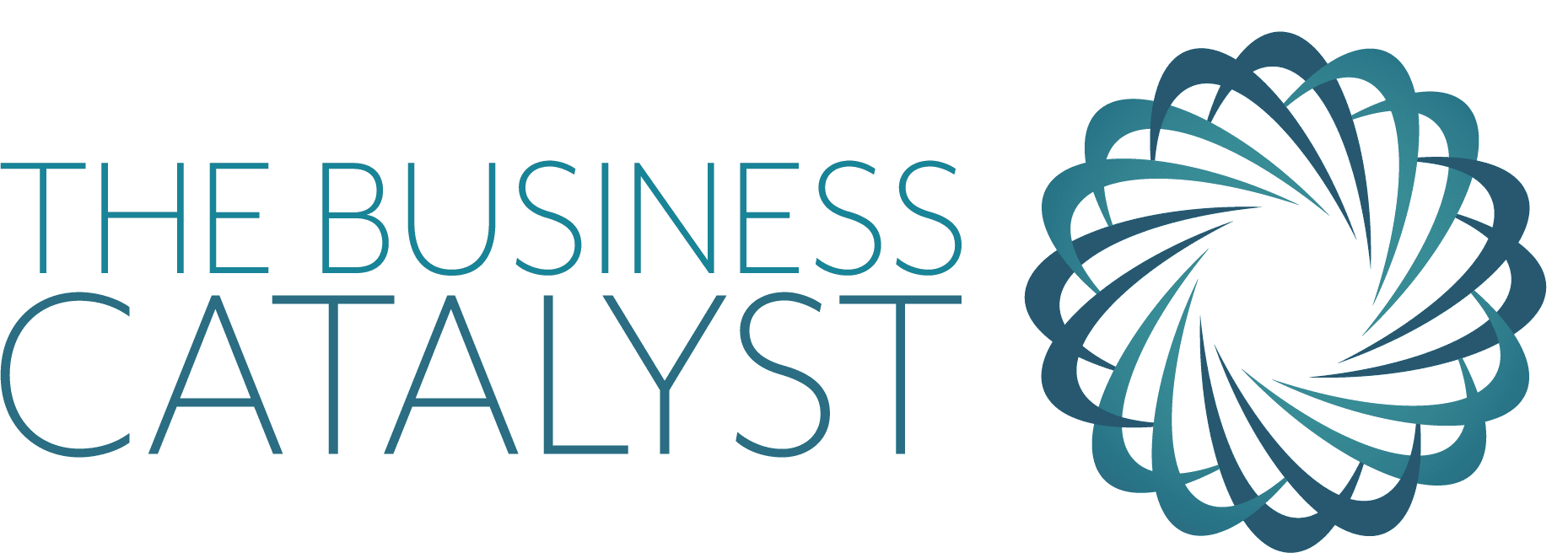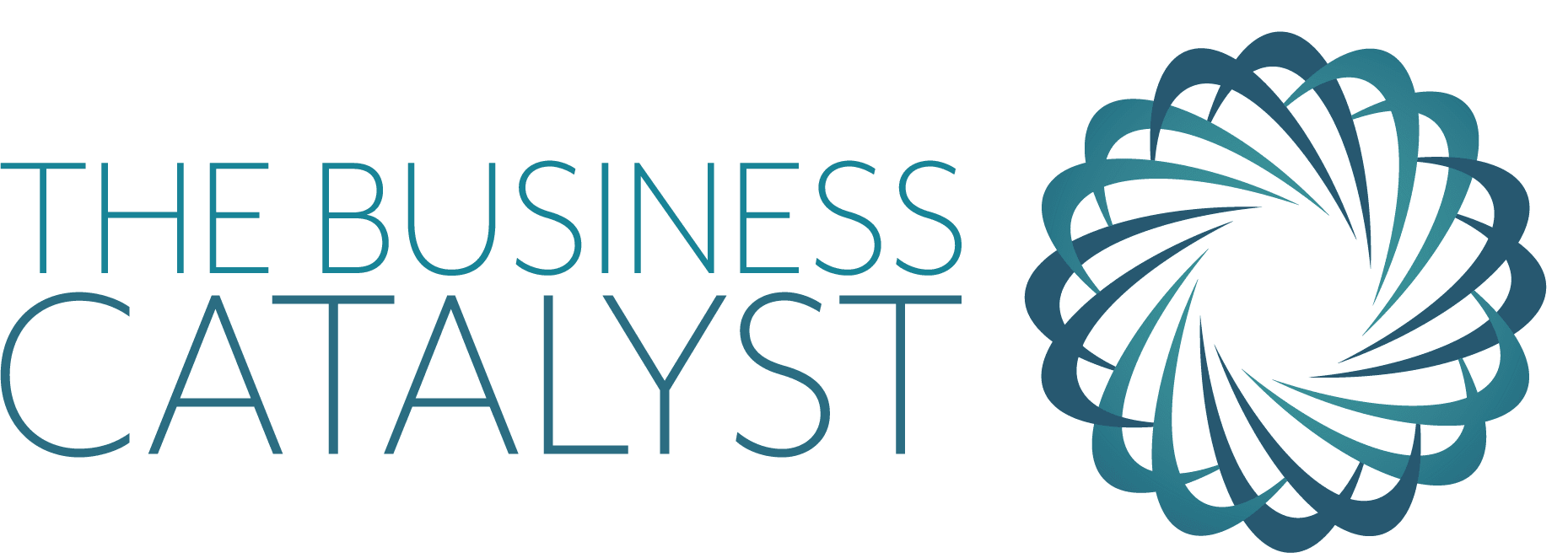One of the most common and costly mistakes we see in UK businesses is letting salespeople or sales agencies “own” the sales process.
It usually starts with good intentions. A business hires a new closer, SDR, or agency to help boost conversions. They jump into the CRM, tweak pipelines, add stages, maybe even bypass existing automations to suit their style. Before you know it, your carefully designed sales automation system has been hacked together in a way that suits them – not the business.
And the result? Chaos.
- Dozens of sales pipeline stages with no rhyme or reason
- Lost leads because there’s no automation or accountability
- Money wasted on traffic because enquiries are slipping through the cracks
This isn’t just inefficiency – it’s risk.
Why Salespeople Aren’t System Builders
Most salespeople thrive on the dopamine hit of making calls and closing deals. What they’re not good at is maintaining CRMs or updating sales automation systems. Call notes? Next actions? Call-back dates? Nine times out of ten, these are missing or patchy at best.
That’s why we build guardrails into every sales process automation:
- Every call is recorded and transcribed
- Call-back reasons and dates are mandatory
- “Unqualified” reasons are tracked and reported
- Automations run at the right stage, with notifications triggered inside the CRM
When salespeople export data into WhatsApp or personal devices, you lose visibility, accountability, and data security.
Sales Pipeline Stages, Statuses, and Accountability
While the overarching strategy of a sales process stays consistent across industries, the nuances vary depending on your product, service, and sales model.
That’s where stages and statuses in a sales pipeline come in:
- Stages show the journey a lead takes (enquiry, demo booked, trial attended, etc.)
- Statuses show whether an opportunity is still open (active) or closed (lost or won)
We’re often asked why there are separate closed pipeline stages for “lost” and “won.” The answer is simple: clean pipelines mean better data. And better data means better decisions for both sales and marketing teams.
Examples:
- A high-ticket property investment sales pipeline might include:
Enquiry → Discovery Call → Investor Qualification → Offer Presented → Funds Secured → Closed Won/Lost.
Missing a funding status update here could mean losing a £500k opportunity. - For gyms and fitness professionals, the pipeline is faster:
Lead → Trial Session Booked → Trial Attended → Membership Offered → Closed Won/Lost.
Here, speed-to-lead and consistent follow-up automation make or break conversions.
Dashboards and accountability are everything – especially with commission-driven “player by ticket” closers who resist being measured.
Automation solves this by:
- Centralising call lists so it’s always clear who to contact
- Automating post-call dispositions (missed calls go back into the call queue)
- Enforcing callback dates and reasons so no lead falls through the cracks
Speed-to-Lead in Sales and AI Appointment Setters
If there’s one non-negotiable in sales automation, it’s speed-to-lead. The faster you respond to an inbound enquiry, the higher your conversion rate. Contacting a lead within 5 minutes can double your chances of a sale.
This is where AI appointment setters and triage assistants come in. We’ve deployed these successfully across multiple sectors, always with transparency – we announce that it’s an automated assistant, not a human.
AI assistants can:
- Qualify and triage leads so salespeople spend time on the right conversations
- Use low-friction qualification forms to capture key details
- Apply conditional logic and lead scoring so hot leads are prioritised
- Schedule appointments instantly to maintain momentum
For example:
- In property investment sales automation, AI can triage by confirming available funds and decision-making authority before a human call.
- In fitness sales pipelines, AI can confirm trial times, goals, and location preference, so coaches arrive with context and the conversation is productive.
Automated follow-up across email, SMS, and WhatsApp builds trust before the call. By the time the salesperson speaks, objections are often pre-handled and the call is far more effective.
Training, Resources, and AI Enablement for Sales Teams
Even the best pipeline automation won’t work if sales teams aren’t equipped with the right resources. They need more than dashboards – they need clear direction and assets that close deals:
- Case studies and testimonials for credibility
- A clear understanding of what the offer includes and doesn’t include
- Access to sales scripts and objection-handling tools
AI can support here too. A GPT-powered sales assistant or a Google LLM notebook, trained on your offers, FAQs, and compliance requirements, ensures your reps always have the right answer. These resources can be updated continuously, keeping sales conversations sharp and compliant.
Why Private Pipelines Put Sales at Risk
When call notes and deals live in WhatsApp or on a salesperson’s personal phone, your business is exposed. If that person leaves, is off sick, or simply on holiday, critical lead data vanishes.
This isn’t a sales team problem – it’s a leadership problem.
Who Should Own the Sales Process – the Business or the Sales Team?
The answer is clear: your business must own the sales process. Whether you have an internal team or outsource to a sales agency, the CRM and sales automation system must belong to the business.
Sales teams can (and should) operate within it – but they don’t get to rewrite it. Because when you put the process in the hands of the closers, you’re not just giving away control – you’re giving away visibility, accountability, and revenue.
At The Business Catalyst, a UK HighLevel certified partner, we don’t just design automations. We design safeguards that keep your sales pipeline healthy, predictable, and profitable.
FAQs: Sales Process Automation
What is speed-to-lead in sales?
Speed-to-lead is the time between a new enquiry and the first sales response. Best practice is under 5 minutes.
What’s the difference between sales pipeline stages and statuses?
Stages reflect where a lead is in the buying journey, while statuses show whether the opportunity is open (active) or closed (lost or won).
How do you automate sales follow-up?
Using CRM automation tools, you can trigger emails, SMS, or call reminders based on call outcomes. For example, if a lead doesn’t answer, they’re automatically re-added to the call list.
Can AI appointment setters replace human salespeople?
No – but they can qualify, triage, and book appointments quickly, allowing human agents to focus on productive, high-value conversations.
Who should own the sales process – the sales team or the business?
The business must own the process, not the sales team. This ensures visibility, accountability, and scalability.


